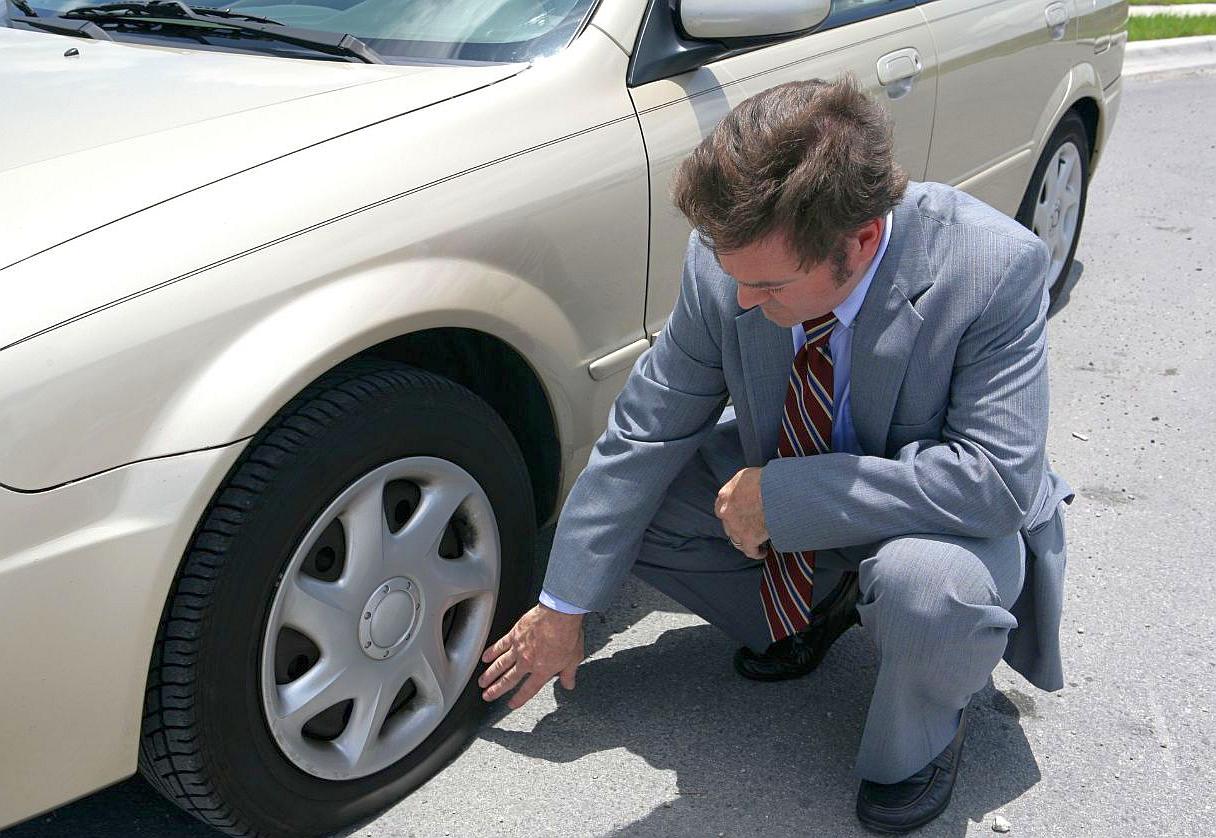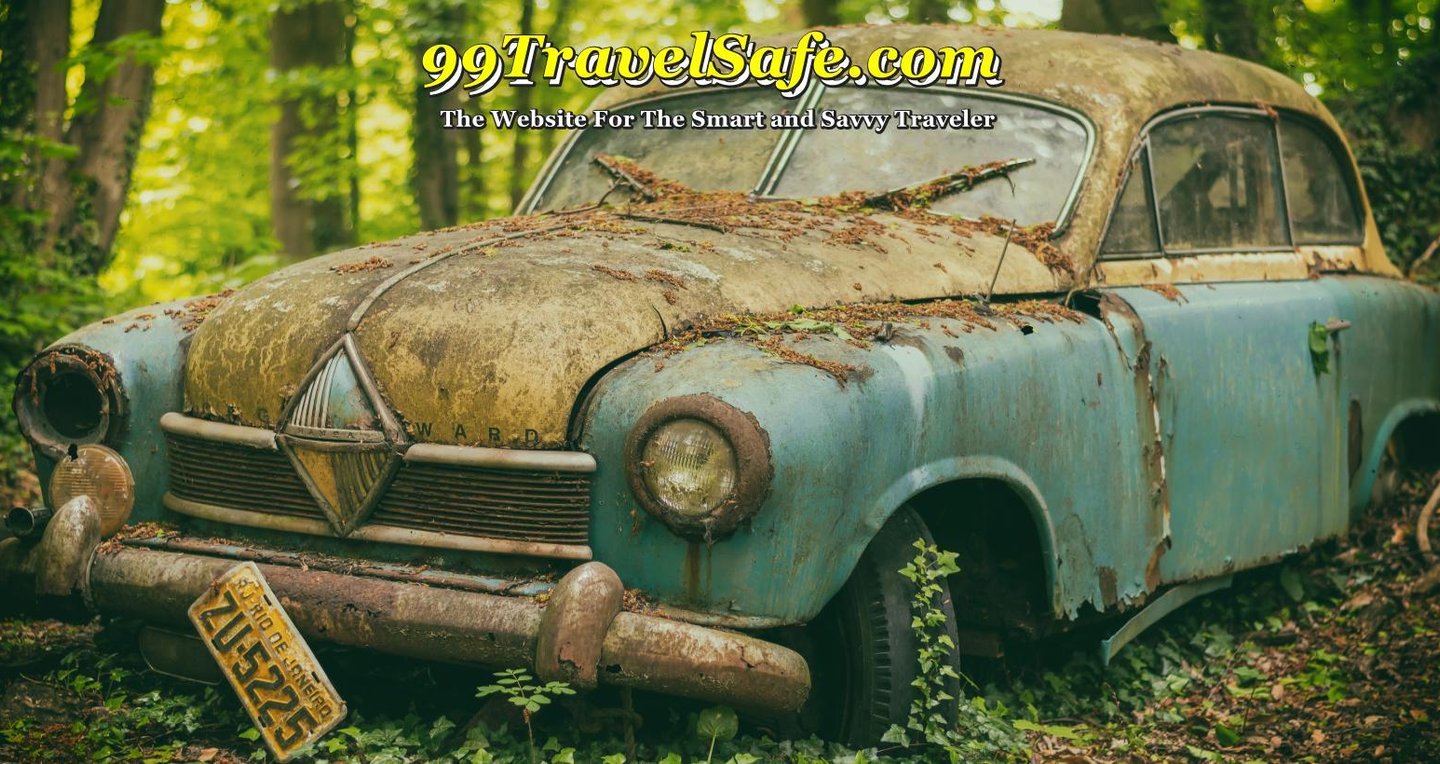

99TravelSafe.com
The Website For The Smart and Savvy Traveler
17 - If Your Car Breaks Down
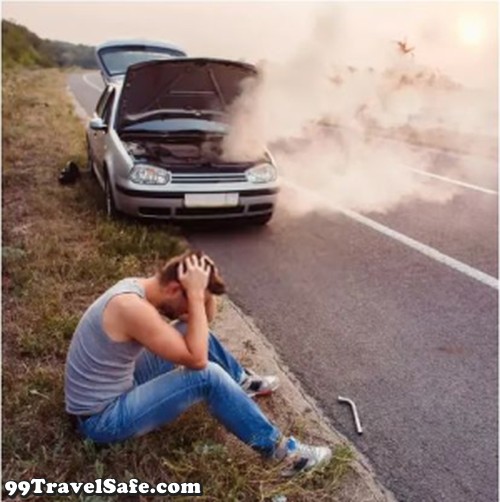

If Your Car Breaks Down!


IF possible always try to drive your car to a safe place, out of the way of other traffic, but a well-lit spot
Turn your wheels away from the road and put on the emergency brakes
Switch on the hazard lights and lift the bonnet to indicate that you have broken down
Call for assistance from a garage, nearby pay phone or using a mobile, never 'hitch a lift'. If you are unable to get any help, call the police
After switching on your hazard lights if it's dark or the light is bad, keep your side lights on, pulling over as far to the side as possible!
Leave your car by the passenger door and wait well away from the carriageway, not forward of the vehicle
If staying in the car is unavoidable, wait in the passenger seat so that other drivers will assume the driver has gone to a telephone
When you've made contact give as many details as possible i.e. your location, car make and registration, try to describe what the fault is. If you are stuck in a remote area or feel in danger make sure to let them know
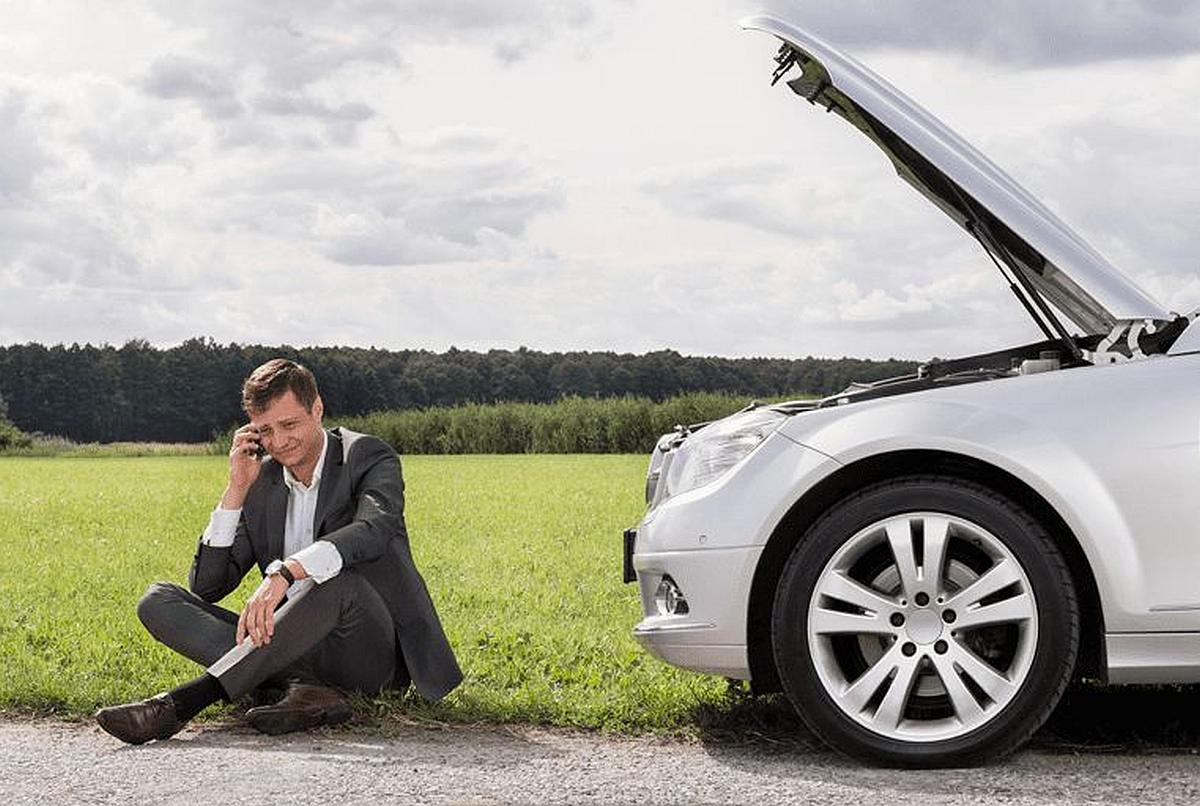

Do not under any circumstances open the door to strangers!
If someone stops offering help, communicate with them through closed windows. Only open the door to someone you know and trust, or who has shown you identification
If you are NOT in a secure area it is best to leave the automobile and head to a secure area to contact a roadside assistance provider or other help. Use your mobile phone
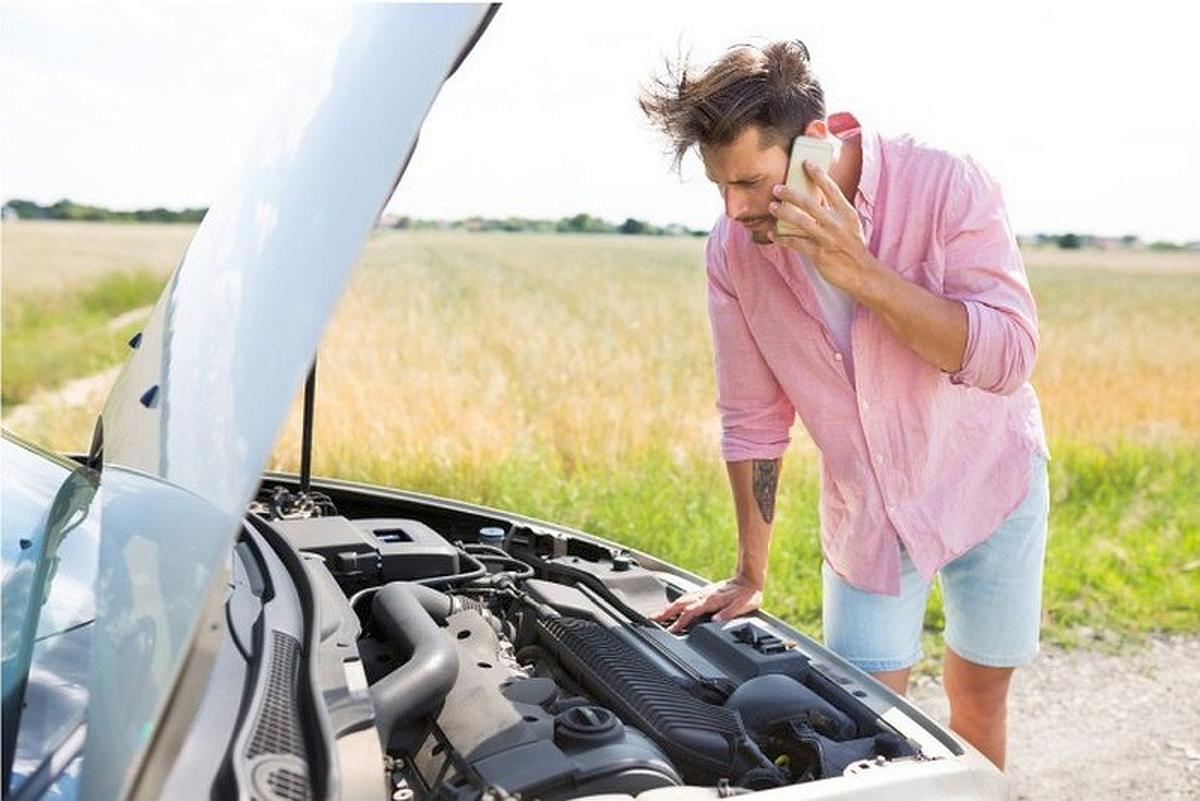

If Your Car Breaks Down - A Summary
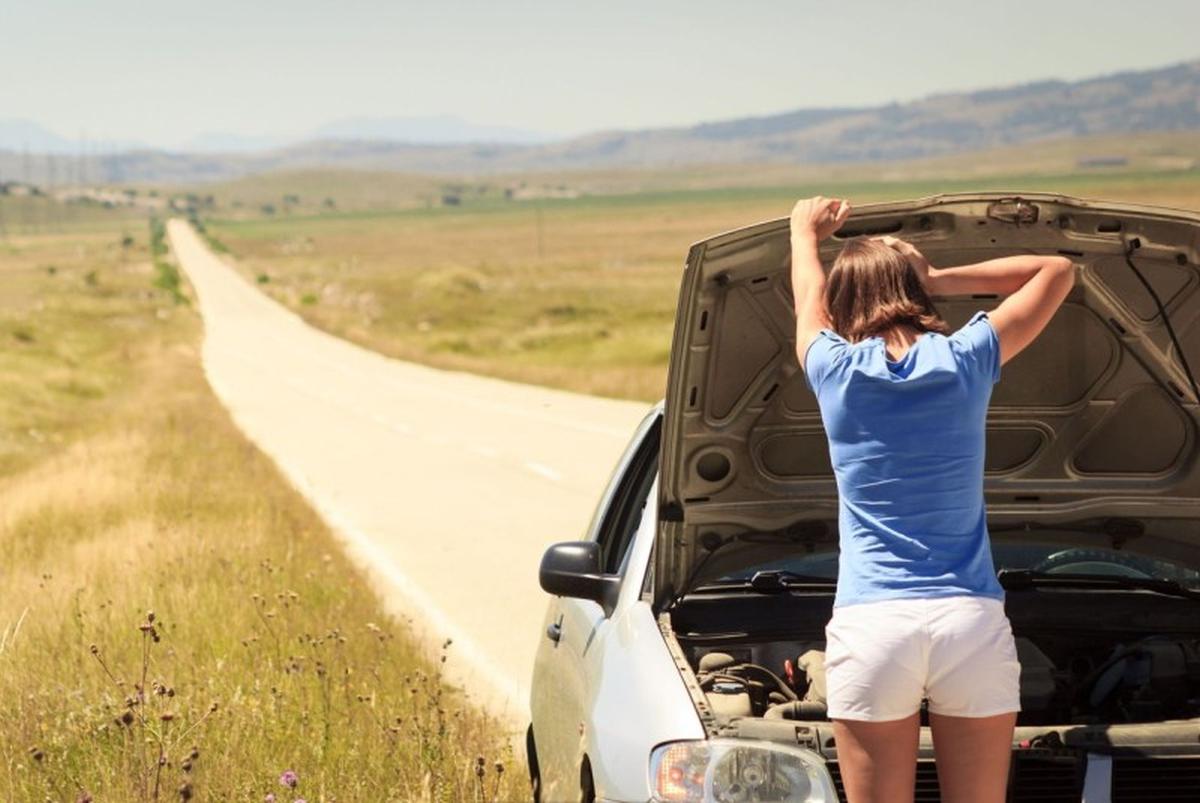

Should your car break down, prioritize safety by moving to a safe location, turning on hazard lights, and staying visible. Contact roadside assistance or the appropriate authorities, and if possible, stay with your vehicle. If you need to exit the car, do so away from traffic and consider using reflective markers
1. Stay Calm and Assess the Situation:
If possible, pull your vehicle off the road to a safe location, like the hard shoulder or a breakdown bay
Turn on your hazard lights to warn other drivers!
If it's dark or visibility is poor, also turn on your sidelights
2. Get to a Safe Position:
If your car is in a dangerous position (e.g., on a busy road or highway), exit the vehicle on the passenger side (away from traffic) and move to a safe distance
If you must exit, wear a reflective jacket or light-colored clothing, especially at night!
If you have a warning triangle, place it 45 meters behind your vehicle on the side of the road
3. Seek Help:
Contact your breakdown service provider (e.g., your insurance company's roadside assistance)
If you are in a dangerous location or are unsure of what to do, contact the police or emergency services
Provide them with your location (e.g., nearest exit, mile marker, or call box) and the nature of the problem
4. Stay with Your Vehicle:
Unless it's unsafe, it's generally recommended to stay in your vehicle with your seatbelt fastened until help arrives
If you must exit, do so safely and away from traffic!
5. Important Considerations:
Never attempt to make major repairs on a busy road
Be aware of your surroundings and potential hazards, especially if you need to exit the vehicle
If you see flames or smoke, exit the vehicle immediately and call for help
Dealing with a Specific Situation
Motorway breakdown:
If you break down on a motorway, try to get off the road completely, even if it means driving a short distance on a flat tire
At home:
If you have home start or home rescue cover, contact your breakdown provider
If you are unsure of the problem!
Stay calm and call for help. It's better to let professionals handle the situation!
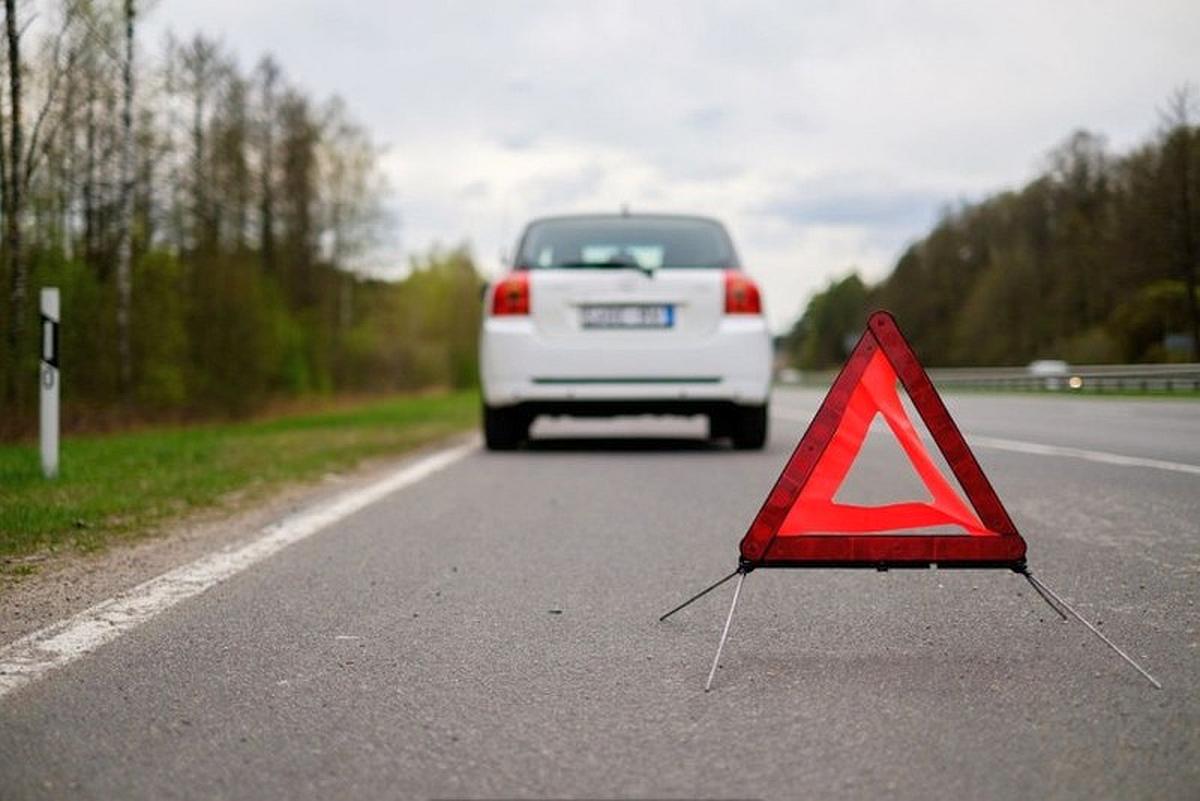

If Your Car Runs Out of Fuel!
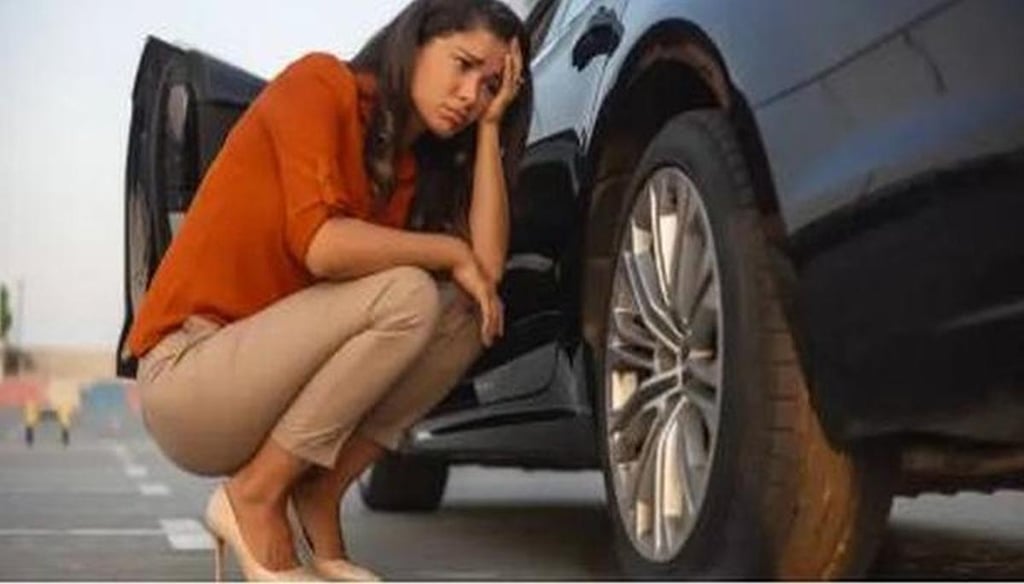

As soon as you notice the engine sputtering or the fuel gauge is low, try to pull over to the side of the road or onto the shoulder if it's safe
Avoid stopping on the hard shoulder of a motorway unless absolutely necessary, as it can be dangerous
Turn on your hazard lights to warn other drivers!
1. Assess the Situation:
If you're in a dangerous area, consider calling for emergency assistance
If you have roadside assistance, contact them
If you have a friend or relative nearby who can help with petrol, reach out to them
2. Avoid Restarting the Engine:
If you've completely run out of fuel, avoid restarting the engine
Restarting can potentially damage the fuel pump, especially if it's an older vehicle!
3. Seek Help or Refuel Safely:
If you're in a familiar area with a nearby petrol station, you can walk or get a ride to refill a jerry can
Make sure to follow safety instructions when refilling the jerry can
Return to your car and refuel
4. Consider Potential Engine Damage:
While running out of fuel itself won't typically cause major engine damage, it's best to avoid it
Modern vehicles have fuel pumps that may be cooled by the fuel, and running them dry can potentially cause damage!
If Your Car Gets A Flat Tire, Try To Move Your Car Away From The Road As Much As Possible Before Stopping! If You Can Change The Tire Yourself, Then Change It, Otherwise Call For Help!
